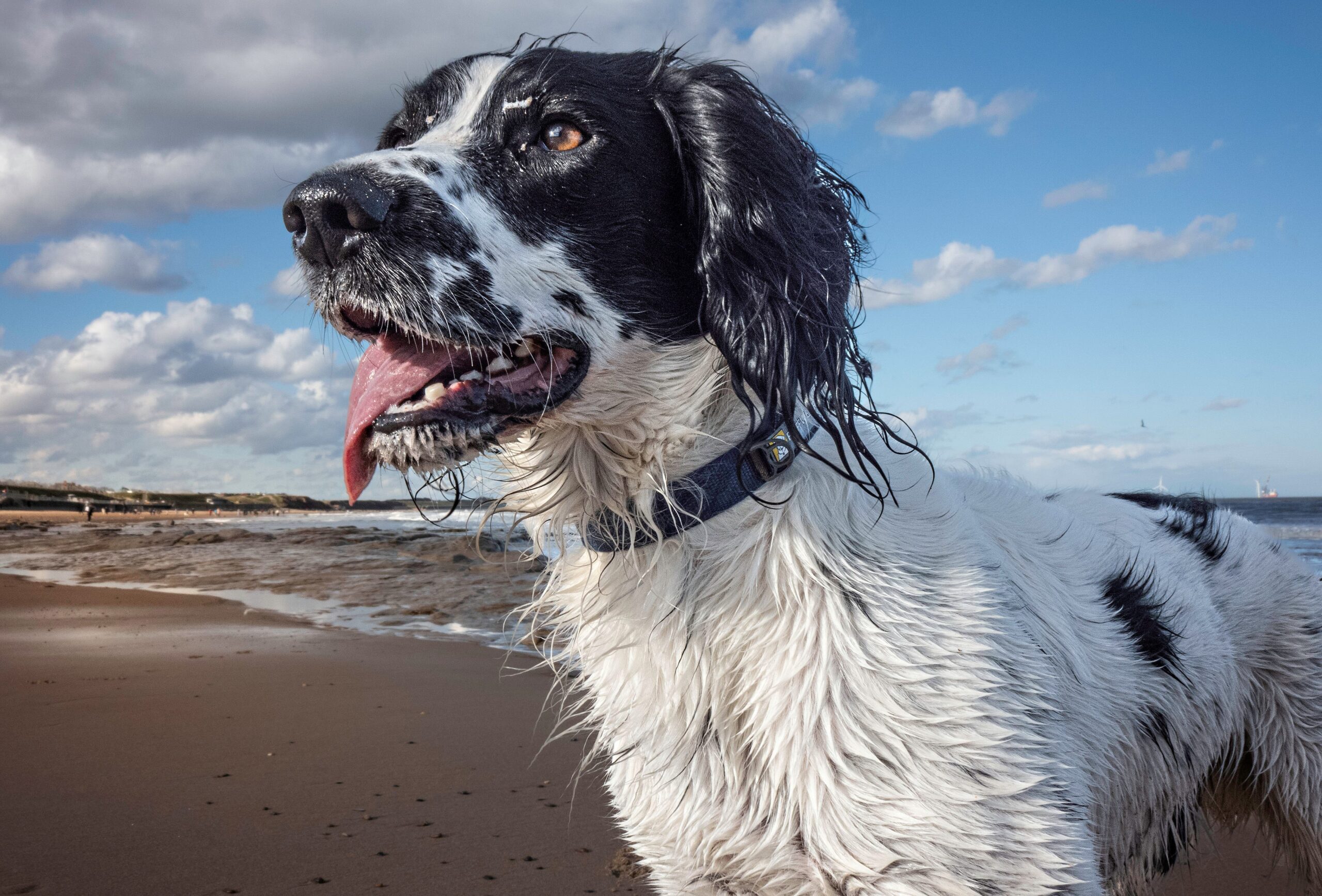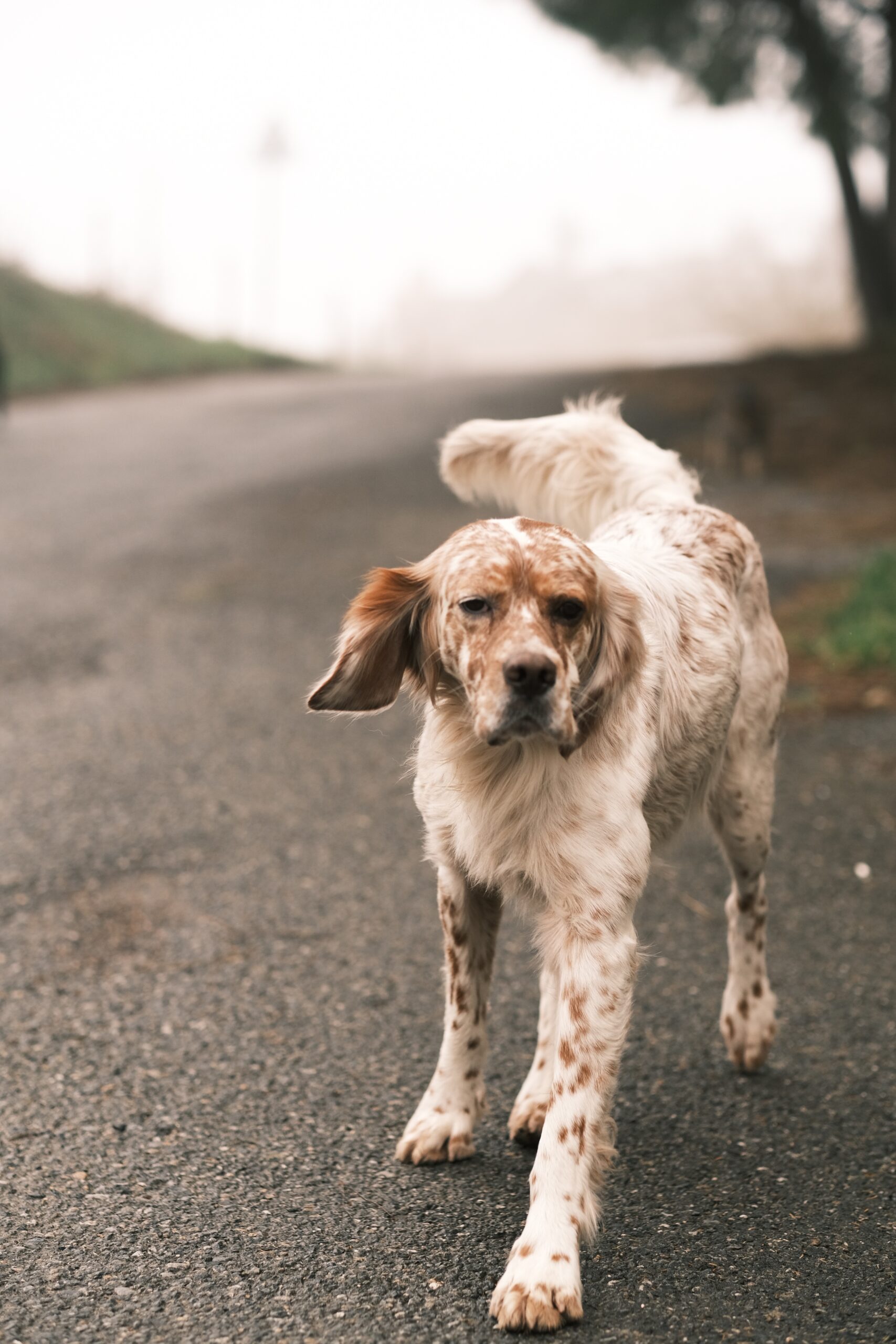The medium-sized English Setter is a stunningly beautiful sporting dog with a gentle disposition. English Setters are graceful, sturdy, and charming canines. The breed-specific word “Belton” refers to the speckled coat patterns of hues that sound appetizing enough to eat, including liver, lemon, and orange. The hunter is well-balanced and stands about 25 inches tall at the shoulder underneath the flashy coat. A long, oval-shaped head is proudly carried by an elegant neck, and dark brown eyes display a tender look. The happy English Setter is regarded as the gentleman of the canine world, but while playing, he is noisy and competitive. A veteran all-breed dog handler says, ‘As a breed to share one’s life and living space with, no other breed gives me more pleasure than the English Setter.’
English Setter
friendly / mellow / merry
Average sizes and life
expectancy of the breed.
Height
25-27 inches (male)
23-25 inches (female)
Weight
65-80 pounds (male)
45-55 pounds (female)
Life Expectancy
12 years
Breed Traits & Characteristics
About the Breed

What To Expect When Caring For a English Setter
Owning a dog is not just a privilege; it’s a responsibility. They depend on us for, at minimum, food and shelter, and deserve much more. When you take a dog into your life, you need to understand the commitment that dog ownership entails.
 Health
Health
In general, English Setters have good health. Responsible breeders examine their breeding stock for conditions including deafness, elbow and hip dysplasia, and other health problems. Owners of the breed should become familiar with the warning signs and treatment options for bloat, a sudden, potentially fatal stomach ailment. Regular examinations of the ears are necessary to look for infections.
Recommended Health Tests From the National Breed Club:
- Hip Evaluation
- Thyroid Evaluation
- BAER Testing
- Elbow Evaluation
 Grooming
Grooming
English Setters need to have their long, silky coats combed with a soft bristle brush at least once every week to maintain their beauty. To carefully massage through places where tangles may be forming, a long-toothed metal dog comb can be useful. Tangles and mats are irritating for your dog and can lead to skin issues if not addressed to. Your English Setter may maintain a tidy appearance by getting regular trims around the face, feet, and other places. The English Setter's coat and skin should be kept clean and healthy by getting a bath every four to six weeks and trimming the nails once a month.
 Exercise
Exercise
To remain happy and in good shape, an English Setter needs to exercise frequently. A daily strenuous play session or run in a sizable, securely gated area would be ideal for this. However, as many owners don't have access to one, they may instead jog alongside their English Setter on a leash, go on lengthy walks, or go on treks with him. It's advisable to steer clear of extremely intense or high-impact activity with puppies and young dogs because their bones and joints may not develop mature strength until they are two years old. Although English Setters are active athletes when outside, after their daily run or stroll, they typically settle down as calm companions within the home.
 Training
Training
English Setters make thoughtful, kind, and loyal companions. It is important to teach children with positive reinforcement rather than punishment because they are very sensitive and take reprimands to heart. Following their instincts can be dangerous for them because of their great sense of smell and prey drive, so it's crucial to start educating them young and consistently. Keep in mind that puppies are very curious about everything, so keep important or hazardous items out of their reach. An English Setter is a lovely friend and very manageable in the home when given the care, instruction, and exercise he requires.
 Nutrition
Nutrition
English Setters make thoughtful, kind, and loyal companions. It is important to teach children with positive reinforcement rather than punishment because they are very sensitive and take reprimands to heart. Following their instincts can be dangerous for them because of their great sense of smell and prey drive, so it's crucial to start educating them young and consistently. Keep in mind that puppies are very curious about everything, so keep important or hazardous items out of their reach. An English Setter is a lovely friend and very manageable in the home when given the care, instruction, and exercise he requires.
History
The history of the English Setter dates back between 400 and 500 years. According to early authorities, the breed developed before the Pointer. The English Setter may have originated as a hybrid between the Spanish pointer, the huge water spaniel, and the Springer Spaniel, according to evidence from sportsmen’s writings.
The Setter was created to silently lay down, or “set,” when they discovered game birds. The hunter would then need to cast a net in the area, sometimes covering the dog as well, flush the birds that were caught in the net, and then harvest them. A standing dog on point would be considerably more likely to become entangled in the net, thus this low-lying technique was perfect for net hunting.
Any breed that “set” was referred to as a setter, but the Setting Spaniel was eventually the greatest option in the selective breeding that produced dogs specifically for this function due to its keen nose and better bird-finding abilities. In the 18th century, guns took the role of nets, and through more selective breeding, Setters gained an upright point that made them easier to notice from a distance. Setters split into various breeds in the 19th century as a result of changes in their habitat and hunting grounds.
Edward Laverack of England, who in 1825 acquired “Ponto” and “Old Moll,” offspring of a 35-year-old English Setter line, deserves a great deal of credit for the creation of the contemporary Setter. R was another key player in the creation of this breed. Wales’ LL. Purcell Llewellyn. Although Llewellyn had purchased his pups from Laverack, who is more commonly connected with the show Setter, Llewellyn’s concentration was on-field performance. In the nineteenth century, after the breed was transported to America, C.N. The growth of the English Setter in the United States was greatly influenced by Myers of Blue Bar Kennels in Pennsylvania.





